Voice AI Definition, Applications, and Benefits
Once upon a time, it would have felt like a scientific fantasy to be able to communicate with machines. Now, voice AI has made it an all too ubiquitous reality. Voice AI technology has ushered in a new era of possibilities for personal and professional life.
We’re going to take a look at what voice AI is by definition, review some of its key components, and understand how it can be of use in different applications.

What is Voice AI?
Voice AI is a type of artificial intelligence that imitates how humans communicate via speech. Voice AI technology
Voice AI is able to listen to humans talk, understand the commands, and then act accordingly. It can also decipher text to transform it into spoken words, which is known as speech-to-text or voice-to-text.
Key Concepts in Voice AI
What makes voice AI work? There are different components that comprise the technology, including:
Natural Language Processing (NLP)
Natural language processing (NLP) is the engine behind how machines can interpret human words. It breaks down text or speech into pieces to decipher what information is important, such as the grammar, emotions, or meaning behind the sentences. You can think of it like a speech detective.
Speech Recognition
Speech recognition is what enables a machine to respond to the sounds of human speech. It is the process of the computer being able to recognize, understand, and transcribe speech into text.
Speech Synthesis
Speech synthesis transforms text into speech, based on either recordings or mathematical models that then create the speech. Speech synthesis may leverage neural networks and deep learning models to make the machine’s voices sound more natural and human-like.
Voice User Interface (VUI)
Voice user interfaces (VUI) makes it possible for humans to interact with the voice AI technology. As an example, Siri and Alexa are considered VUIs. One of the most notable features of VUIs is that they are hands-free. Take aiOla as an example– aiOla empowers workforces to fulfill processes through speech, without having to take their eyes or hands off the tasks. In most industries, such as manufacturing and aviation, this leads to increased safety.
Wake Word Detection
Wake word detection is powered by an algorithm that is designed to text a keyword or phrase as a trigger. The voice user interface has its own unique wake word that is used to activate applications that would otherwise remain dormant and unresponsive. As an example, Google’s wake word is, “Hey, Google, whereas Alexa needs to only hear her name, “Alexa.”
Common Applications of Voice AI
As you can imagine, and may know from your own experience, voice AI can be applied to many use cases. These are some popular ways in which a voice AI platform can appear in regular day life:
Virtual Assistants
Virtual assistants like Google’s Assistant, Apple’s Siri, and Amazon’s Alexa are in many homes and across a plethora of devices. People use them to automate their homes, such as being able to ask these VUIs to turn on/off lights or to retrieve information, such as texts or answers from the web.
Customer Service and Support
In business settings, many companies are leveraging Interactive Voice Response (IVR) systems, which are automated phone technologies that enable callers to find information with a voice response system, rather than having to talk to a live agent. Additionally, businesses use chatbots with voice capabilities to handle incoming customer support tickets for faster resolution, with less human workforce required.
Voice-enabled Devices and Appliances
Voice activated devices and appliances, or smart appliances, can perform actions based on speech input. For example, smart TVs with voice assistants are able to turn up the volume or various controls by speaking to them.
Accessibility Solutions for People with Disabilities
Voice AI is also used for accessibility solutions to aid those with disabilities. From speech-to-text and text-to-speech tools for communication to voice-controlled interfaces for visually impaired users, the technology is helping people in everyday life.
Benefits of Using Voice AI In Business
In business, the benefits and use cases of voice AI are expansive. We’re going to take a look at some of the ways in which the implementation of a voice AI platform can improve operations and workflows.
Time Savings
Voice AI undoubtedly saves teams time and energy. Rather than having to manually enter data, type, or deal with paper-based documentation, voice AI can be used to automate data entry and transportation between parties. Voice AI not only helps expedite workflows and issue resolution internally, but it also can assist with customer needs.
Improved Personalization
Voice AI adds personalization to the customer experience because of the data available. It can understand who a customer is and respond accordingly for specific audiences, which boosts the customer experience.
Enhanced Safety
In many scenarios, workers are busy managing many tasks at once, and in certain cases, keeping eyes up and hands-free could dramatically reduce safety risks. Let’s look at fleet management as an example. Fleet operators can decrease accidents by keeping their hands on the wheel and eyes on the road. Fleet maintenance teams can perform routine checks, repairs, and inspections while speaking through critical checklists. With aiOla, fleet management teams can use aiOla with their existing devices. aiOla digitizes any workflows, including fleet management workflow, and enables teams to complete processes using speech. What really sets the speech AI apart is that it can understand business-specific jargon, in any accent, language, and acoustic environment.
Cost Savings
Voice AI can help reduce operational expenses as you need people to spend less time completing menial tasks. Rather than costly customer call centers, businesses can rely on chatbots and voice AI solutions, to showcase one way in which cost savings can be achieved.
Better Collaboration
Voice AI can bring together otherwise lost data in a centralized system for improved collaboration.
Closing Thoughts
Voice AI has quickly become popular in personal and professional settings for good reason. From voice AI assistants to speech AI for business, the technology improves efficiency, safety, and accessibility. There’s increasing demand in the market for voice AI, which is largely responsible for its continued growth. With its enhancements and advancements, the possibilities are limitless!


